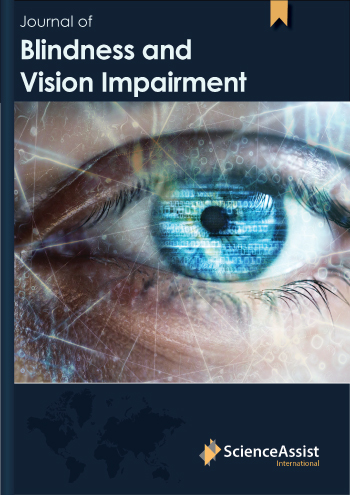
Volume 2, Issue 1 (2021)
1. Ascher KW. Mechanism of locomotion observed on caterpillar hairs. Br J Ophthalmol. 1968;52:210.
2. Bishop JW, Morton MR. Caterpillar-hair keratoconjunctivitis. Am J Ophthalmol. 1967;64:778-7799.
3. Bettelheim H. Penetration and migrating of caterpillar hairs into conjunctiva and cornea. Wien Klin Wochenschr. 1968;80:548- 550.
4. Horng CT, Chou PI, Liang JB. Caterpillar setae in the deep cornea and anterior chamber. Am J Ophthalmol. 2000;129:384- 385.
5. Sengupta S, Reddy PR, Gyatsho J, Ravindran DR, Krishna T, Vaidee V. Risk factors for intraocular penetration of caterpillar hair in Ophthalmia Nodosa: a retrospective analysis. Ind J Ophthalmol. 2010;58:540-543.
6. Gupta JS, Gopal H. Migratory Caterpillar Hairs: A Case Report and Review of Literature. Orient Arch. Ophth. 1968;6:306-307.
7. Watson PG, Sevel D. Ophthalmia nodosa. Br J Ophthalmol. 1966;50:209-217.
8. Ibarra MS, Orlin SE, Saran BR. Intraocular caterpillar setae without subsequent vitritis or iridocyclitis. Am J Ophthalmol. 2002;134:118-120.
9. Bhende M, Biswas J, Sharma T. Ultrasound biomicroscopy in the diagnosis and management of pars planitis caused by caterpillar hairs. Am J Ophthalmol. 2000;130:125-126.
